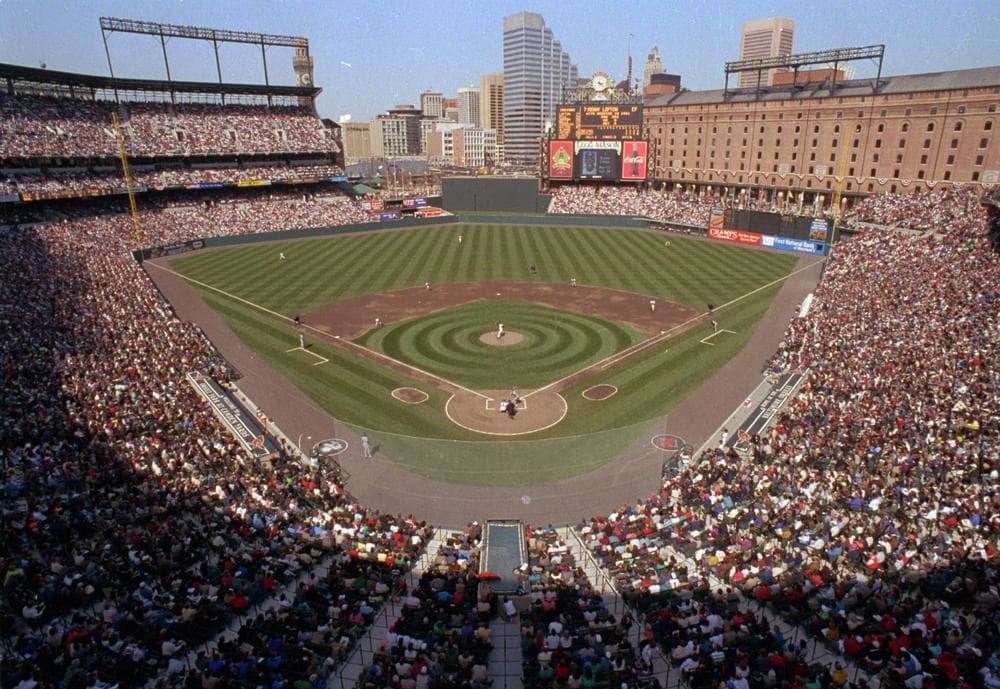Advertisement
Stadium Roundtable
Resume
With all the discussion of stadiums, we found it prudent to look at how they are built and how they are renovated. In order to do that, we invited experts in the field of stadium architecture to join us. We called upon Janet Marie Smith, Vice President of Planning and Development for the Baltimore Orioles, who helped design Camden Yards, as well as Greg Sherlock, a principal at Populous, a global architectural firm, who was the lead designer of Cincinnati’s Great American Ballpark and the new Miami Marlins ballpark, and Professor Philip Bess, Director of Graduate Studies at the University of Notre Dame School of Architecture, who helped organize and lend credibility to the movement to save Fenway Park.
With the 100th birthday of Fenway Park this week, we started there. Bill Littlefield asked Professor Bess about how the park was saved from a wrecking ball.
"A group of baseball fans and civic-minded neighborhood residents came to the rescue," he said. "They sponsored this proposal to figure out alternative ways to save, to renovate Fenway Park, in opposition to the plan that the then-Red Sox owners had put together to demolish Fenway Park and build a replica adjacent to it. And they perceived rightly that that would not have been good for the Red Sox and not have been good for Boston and the neighborhood."
Janet Marie Smith was also involved in the project to renovate Fenway Park, and she said one of the difficult parts was finding ways to improve the park bit-by-bit, rather than all at once.
"One of the criteria that John Henry, Tom Werner, and Larry Lucchino gave to the design team was that we were going to play ball there," she said. "I think that that criteria helped shape the end solution, because it meant that instead of going in and doing a wholesale remodel of Fenway Park, we were looking to do seasonal improvements. We only had four months each offseason to do construction."
After discussing the historic park in Boston, the topic shifted to the favorite parks of the guests.
"I’ve been going to Wrigley Field for, goodness, 31 years, and I do not get tired of going to Wrigley Field," said Bess.
Greg Sherlock said his favorite stadium was overseas:
"My favorite stadium in the world is the Munich Olympic Stadium. It just blends into this park setting. The bowl is sort of set into the ground, and it’s this glass, sort of tent structure that organically drapes over the top. It really does elevate your sense of place."
Sherlock also offered some insight into what the next generation of new stadiums will be like.
"The stadium of the future is going to be a facility that’s transformable. You can imagine a retractable roof, changing seat configurations, all these things that allow a facility sort of to adapt itself."
Smith agreed, and added her own spin, talking about contextual parks.
"Yeah, I think that that makes a lot of sense, fitting into the context and using the surroundings to tell you what to do," Smith said. "I would argue that Greg’s new park in Miami is a contextual park. You know, it’s responding to things about Miami and South Beach and how it fits there."
This segment aired on April 21, 2012.